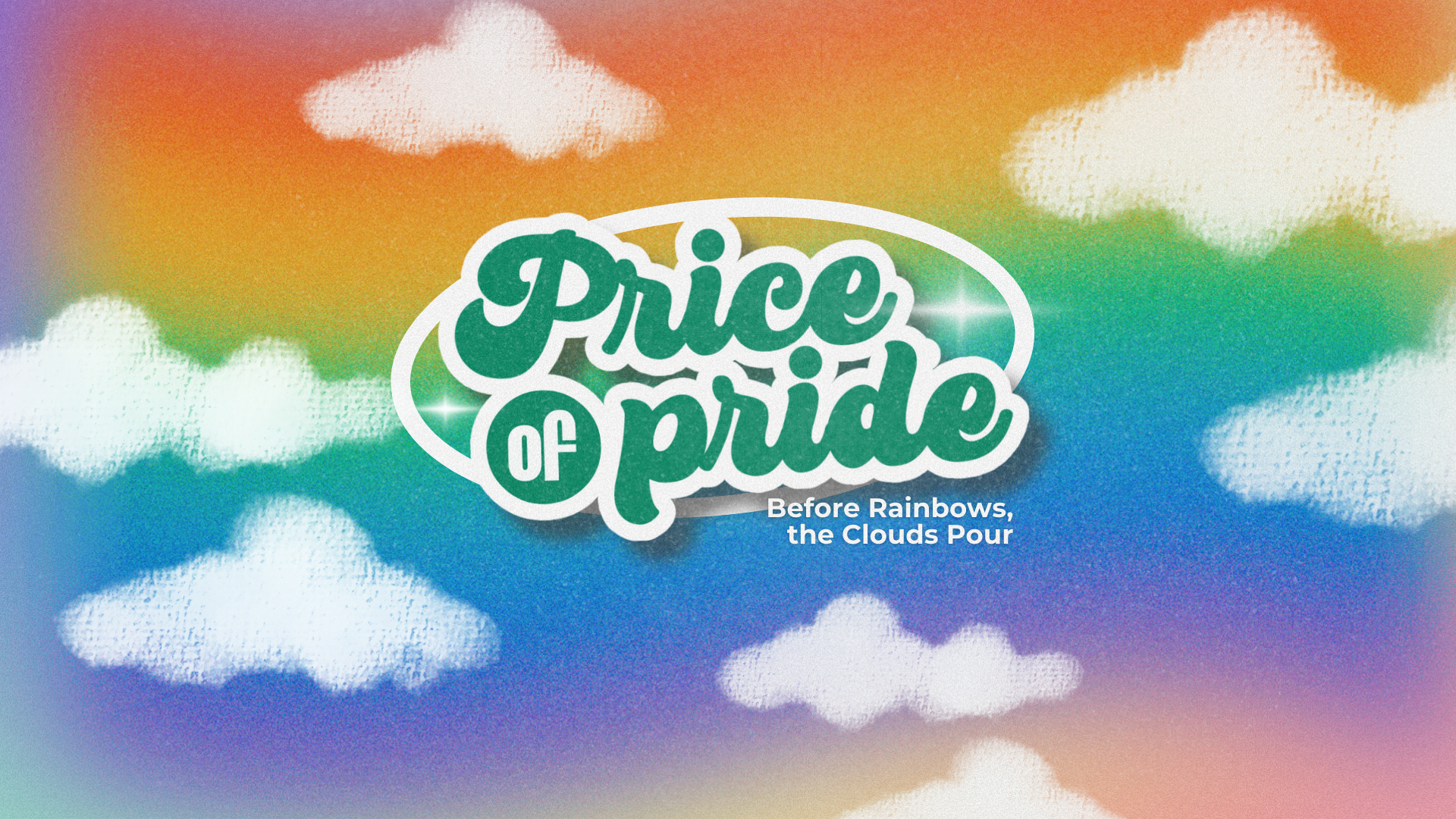- From Explained PH - Youth Driven Journalism -
By:
Lyndon James Diesta
Short hair tied into a ponytail, scarlet lipstick, and some extravagant T-shirt – that’s how I viewed the members of the LGBTQ+ community in my local barangay. Back then, I didn’t know what they were saying in their own lingo – but I definitely knew that they were the proudest, loudest, and happiest one could be.

From the past decades to now, queer culture in the Philippines, from its bekimon, beauty contests, and overall extravagance and spontaneity – has been a polarizing topic, splitting the nation in two. There are those who embrace it, or even participate in it, while there are those who despise it, making those who want to partake in the culture struggle to be a part of it.
Knowing that, isn’t it fascinating to know how such a thing came to be? Of course, there are its shimmering peaks and ultimate lows – but such is the price to pay for pride.
Golden Origins
“All that glitters is golden,” a line on a poster plastered upon their house, full of memories and energy – memories of fighting for rights, among all the costumes.
Known as the Golden Gays, they are a community of elderly members of the gay community established in Manila in the late 1970s by its late founder Justo Justo – as a shelter and only organization for elderly gays, to LGBTQ+ members who were ousted from society, shunned for the people they romance.
They are among those who spearheaded the LGBTQ+ rights movement, as well as being vocal about the societal issues concerning the queer community.
On weekends, they don beautiful sequin dresses, high heels, and wigs, as all nineteen current active members of the Golden Gays are performers for private events, organizations, and companies. They also create pageants and shows in malls to express who they really are in front of the masses.
But as Monday strikes, these divas shed their glitz and glamor – in favor of a streetsweeper’s outfit, or of one working odd jobs; selling candy, cigarettes, and all sorts of knick-knacks, doing everything despite their age to get by, and make ends meet.
Though one might think they are already past their prime, the Golden Gays prove time and time again that they are still at their best – their golden era, perhaps?
Above All that Glitters
“What [drag artists] do is a big middle finger to the world, a heteronormative world that tells us that we couldn’t be what we want to be,” Eva Le Queen, semi-finalist of Drag Race Philippines stated in an interview with Medium.
Blacklisted from the rest of the nation, queer people found solace within their own – building gay clubs and bars wherein one could mingle among other members of the same community, and express themselves in different artforms.
One such art is drag - a gender-bending performance, meant to exaggerate masculine or feminine features to express one’s self, make a statement, or simply entertain someone. A lot of drag performers face scrutiny from their peers, teachers, parents, and the public for doing drag and showing their art.
An example is Drag Den’s Pura Luka Vega, who got arrested for their performance as a resemblance of Jesus Christ – whilst playing a remixed version of Ama Namin. Though these sorts of performances have existed for a long time.
But even with all that glitz and glam, sometimes things don’t go the way one wants. With the acquired immunodeficiency syndrome (AIDS) epidemic hitting the nation in the late 1990s, the community faced discrimination and little help - believing that the LGBTQ+ people deserved the suffering that they did fighting the disease.
Even so, the LGBTQ+ community persevered, fighting for their rights and breaking boundaries and stereotypes for a country that loathed them.
Plighted, Enlightened
Now, the baton has been passed down to the next generation. A generation of social awareness, a generation of new fighters for equality. Youth organizations such as the UP Babaylan and other university organizations, have aimed to promote LGBTQ+ acceptance and awareness among students across the nation.
Bills that aim to protect the rights of members of the LGBTQ+ community, such as the Sexual Orientation and Gender Identity and Expression Equality (SOGIE) Bill, which aims to penalize discrimination in public service, education, work, and medical services based on sexual orientation and gender identity – have moved at a snail’s pace, with other legislators opposing it.
Though the price of pride is a lot to pay, we, as the youth, should keep marching – for a future of equality and pride, to those who came before us that couldn’t see it, and for the next generation of queer people who have yet to see it.
On October 10, the World Coalition Against Death Penalty marks the 21st W ...
More from Explained PH.
